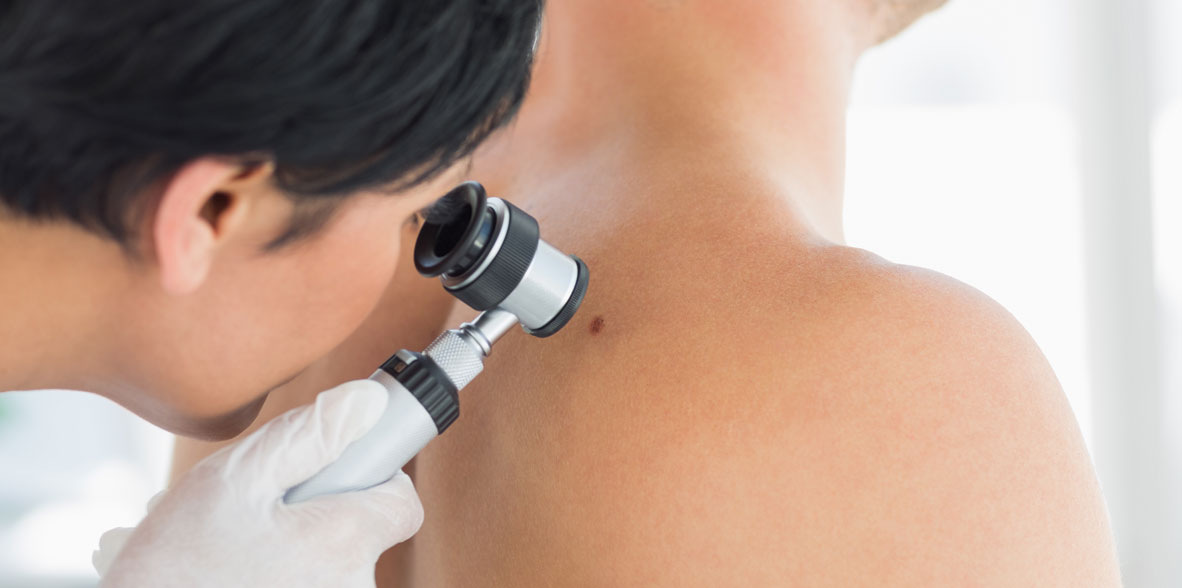

 Centro Médico Teknonen/health-centers/centro-medico-teknon
Centro Médico Teknonen/health-centers/centro-medico-teknon Centro Médico Teknonen/health-centers/centro-medico-teknon
Centro Médico Teknonen/health-centers/centro-medico-teknon- FACULTATIVO ESPECIALISTA DERMATOLOGÍADermatología Médico-Quirúrgica y VenereologíaCentro Médico Teknonen/health-centers/centro-medico-teknon
 FACULTATIVO ESPECIALISTA DERMATOLOGÍADermatología Médico-Quirúrgica y VenereologíaCentro Médico Teknonen/health-centers/centro-medico-teknonHospital Quirónsalud Barcelonaen/health-centers/hospital-quironsalud-barcelonaHospital El Pilaren/health-centers/hospital-el-pilar
FACULTATIVO ESPECIALISTA DERMATOLOGÍADermatología Médico-Quirúrgica y VenereologíaCentro Médico Teknonen/health-centers/centro-medico-teknonHospital Quirónsalud Barcelonaen/health-centers/hospital-quironsalud-barcelonaHospital El Pilaren/health-centers/hospital-el-pilar FACULTATIVO ESPECIALISTA DERMATOLOGÍADermatología Médico-Quirúrgica y VenereologíaCentro Médico Teknonen/health-centers/centro-medico-teknon
FACULTATIVO ESPECIALISTA DERMATOLOGÍADermatología Médico-Quirúrgica y VenereologíaCentro Médico Teknonen/health-centers/centro-medico-teknon FACULTATIVO ESPECIALISTA DERMATOLOGÍADermatología Médico-Quirúrgica y VenereologíaCentro Médico Teknonen/health-centers/centro-medico-teknon
FACULTATIVO ESPECIALISTA DERMATOLOGÍADermatología Médico-Quirúrgica y VenereologíaCentro Médico Teknonen/health-centers/centro-medico-teknon FACULTATIVO ESPECIALISTA DERMATOLOGÍADermatología Médico-Quirúrgica y VenereologíaCentro Médico Teknonen/health-centers/centro-medico-teknon
FACULTATIVO ESPECIALISTA DERMATOLOGÍADermatología Médico-Quirúrgica y VenereologíaCentro Médico Teknonen/health-centers/centro-medico-teknon FACULTATIVO ESPECIALISTA DERMATOLOGÍADermatología Médico-Quirúrgica y VenereologíaCentro Médico Teknonen/health-centers/centro-medico-teknonHospital Quirónsalud Barcelonaen/health-centers/hospital-quironsalud-barcelonaHospital Universitari Sagrat Coren/health-centers/hospital-universitari-sagrat-cor
FACULTATIVO ESPECIALISTA DERMATOLOGÍADermatología Médico-Quirúrgica y VenereologíaCentro Médico Teknonen/health-centers/centro-medico-teknonHospital Quirónsalud Barcelonaen/health-centers/hospital-quironsalud-barcelonaHospital Universitari Sagrat Coren/health-centers/hospital-universitari-sagrat-cor FACULTATIVO ESPECIALISTA DERMATOLOGÍADermatología Médico-Quirúrgica y VenereologíaCentro Médico Teknonen/health-centers/centro-medico-teknonHospital Universitari Dexeusen/health-centers/hospital-universitari-dexeus
FACULTATIVO ESPECIALISTA DERMATOLOGÍADermatología Médico-Quirúrgica y VenereologíaCentro Médico Teknonen/health-centers/centro-medico-teknonHospital Universitari Dexeusen/health-centers/hospital-universitari-dexeus

Skin cancer
Skin cancer is the most common tumor that a person suffers. For some years now, its incidence has been steadily increasing, so its early diagnosis is essential to increase the possibilities of cure, always assessing the relationship between the type, time of evolution and the mortality rate of the same.
There are three types that account for the majority of cancers: basal cell carcinoma and squamous cell carcinoma (related to chronic accumulated solar exposure) and melanoma (intense solar exposures, intermittent burns and derived from the freckles). Specifically, melanoma is the one that can pose a greater vital risk, reason why it's necessary to make periodic revisions.
Early diagnosis
In face of possible skin cancer, the field of diagnosis is fundamental. In particular, digital epiluminescence is one of the great successes, since it allows to review all the skin through the polarized light of the scanner and digitally save the lesions with pigment in a photographic database.
This technique allows:
- Detect the variations and the minimum changes that can give evidence of malignization.
- Immediate detection of skin tumors.
The use of digital epiluminescence allows us to improve the prognosis of melanoma and squamous and basal cell carcinomas because it's possible to diagnose the lesions and treat them in the most appropriate way.
Surgery of MOHS
It's a type of specific surgery to treat basal and squamous carcinomas, which consists of a microscopic surgery. The patient remains in the operating room while we study microscopically the extracted tissue, provides accurate removal of cancerous tissue, while saving the healthy tissue.
This technique has a high percentage of healing and well done, doesn't leave very visible scars.
Due to its complexity, it requires a professional specialized in this type of surgery.
Skin Cancer without Surgery – Photodynamic Therapy
Known as photodynamic therapy (PTD), this technique allows us to treat cancer at an early stage, when it has not yet penetrated. It's an option without surgery that uses the digital epiluminescence, eliminating squamous carcinomas and of basal cell more superficial completely.
PDT is an outpatient technique, that is, it does not require hospitalization. It consists of applying topically a drug that must produce effect over a period of 3 hours. Then light is applied over the injured area by a medical lamp for a few minutes. In general, two sessions are needed to treat the cutaneous tumor.



































